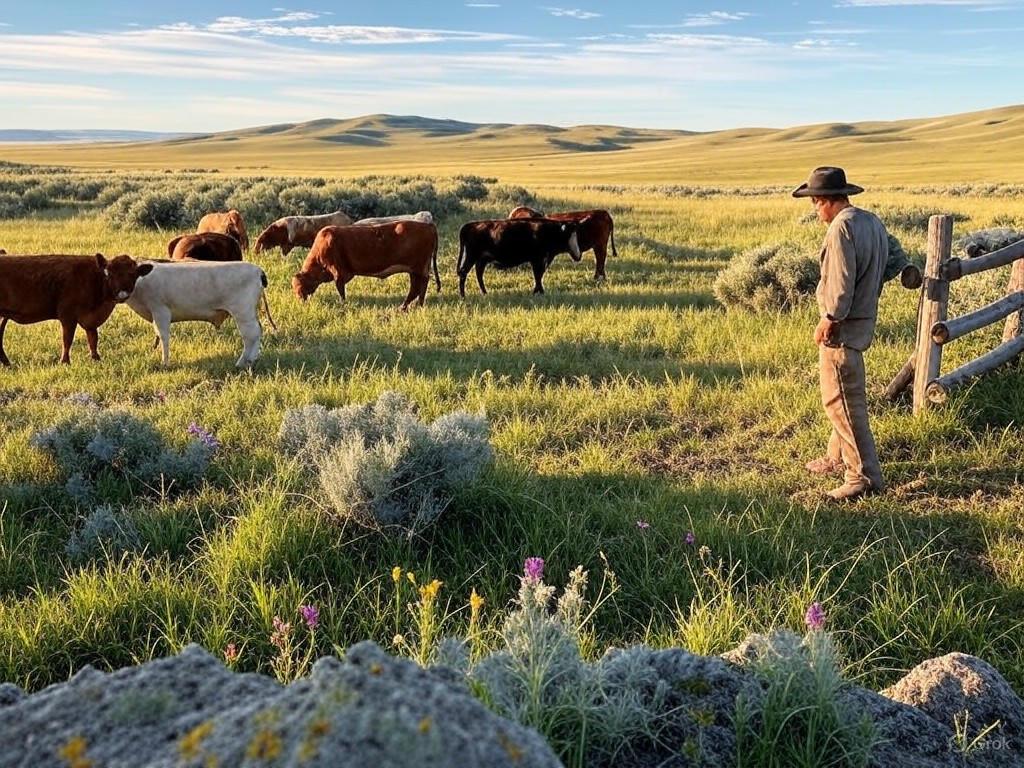Grassbanking in Montana is demonstrating a promising path towards sustainable conservation and agricultural harmony. Taking place primarily on the expansive Matador Ranch, grassbanking is more than just a novel concept in land management; it's an evolving success story about how local ranchers and conservation groups can benefit while preserving the environment.
Matador Ranch spans 60,000 acres in central Montana and is essential for sustainable ranching and wildlife preservation. This initiative allows local ranchers to graze their cattle on the ranch's verdant pastures in exchange for committing to conservation practices on their land. This system benefits both the ranchers and the ecosystem. By using grassbanking, ranchers like Bud Walsh avoid hefty costs and loans, needing only to follow simple conservation guidelines [1].
The Nature Conservancy's partnership efforts with local families support both sustainable agriculture and habitat conservation. This collaboration underscores how conservation isn't just about the environment but about people and their future too. Working together, ranchers and conservationists bank grass that supports more sustainable grazing practices [1]. This effort helps keep native grasslands, home to diverse wildlife like the greater sage-grouse and pronghorn, intact.
Grassbanks also foster community resilience. The program not only protects land but also weaves a tapestry of cooperation among ranchers. This approach is crucial for addressing challenges such as limited resources and environmental threats. Bud Walsh emphasized that starting more grassbanks would strengthen community ties and promote cooperation—a philosophy proven effective on the Matador Ranch [2].
By perpetuating grassbanking in other communities, The Nature Conservancy aims to broaden this conservation strategy. With support from local alliances, they plan to establish more grassbanks across Montana. These efforts help ensure the preservation of endangered grasslands and uphold the state's rich agricultural heritage.
References:
